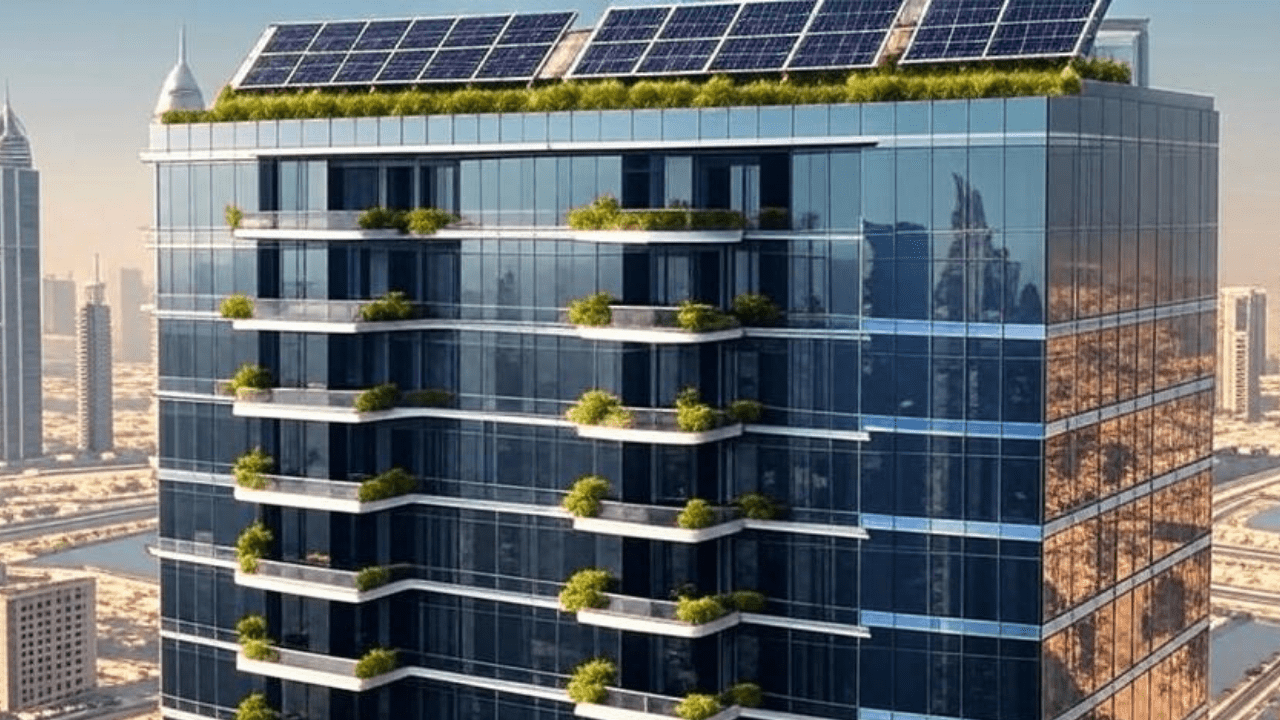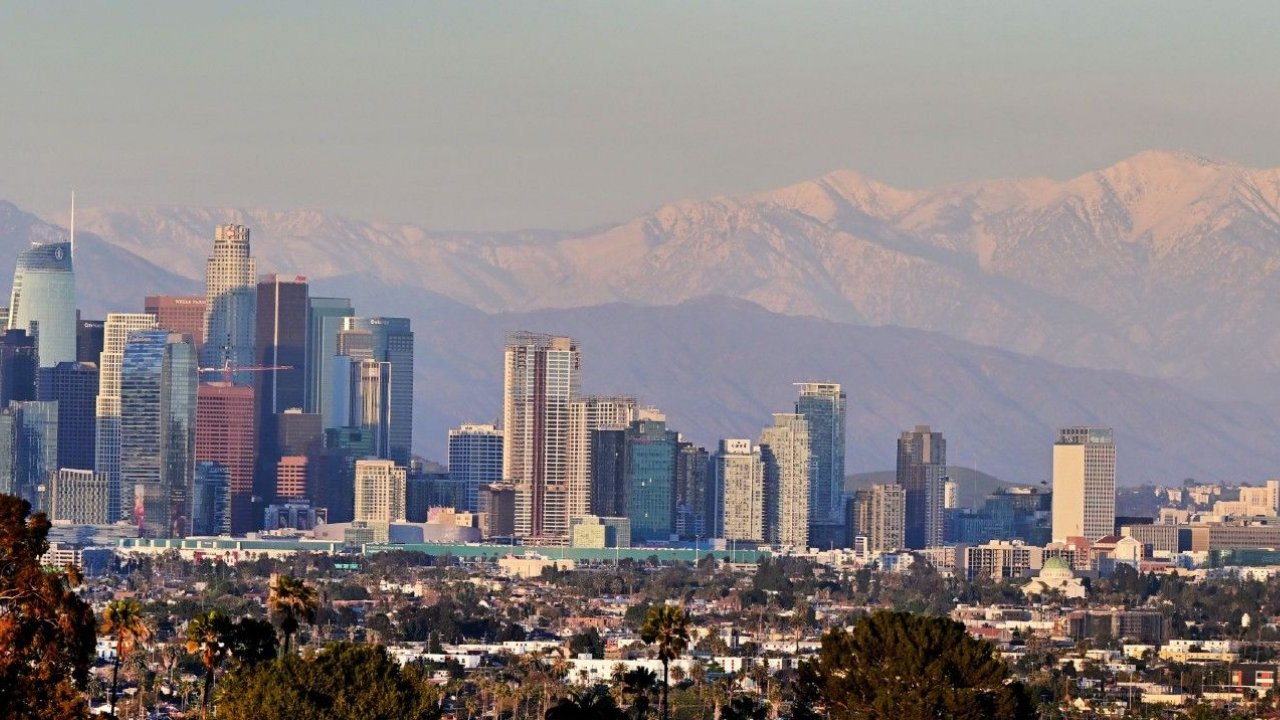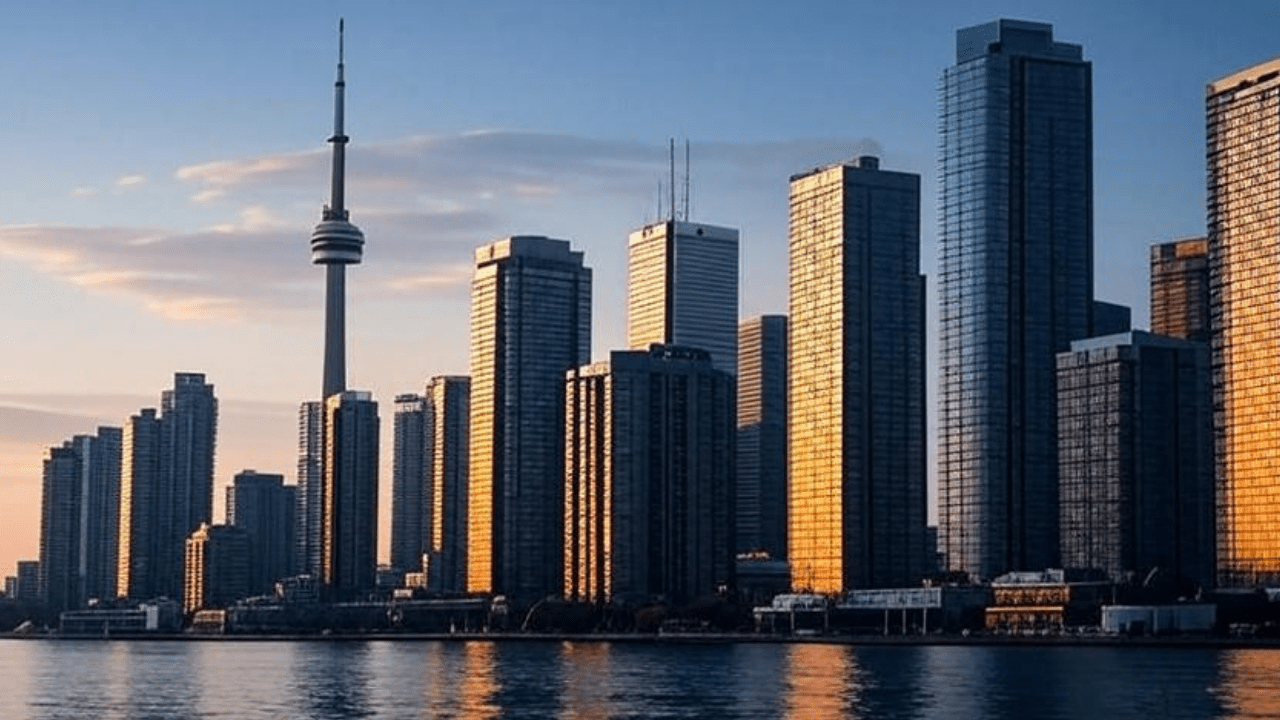In April 2025, the Middle East real estate market is experiencing unprecedented growth, with Dubai alone recording nearly $17 billion in transactions—a 94% increase from the previous year. This guide provides investors with actionable insights on how to capitalize on this boom, navigating opportunities in sustainable developments, luxury properties, and smart cities across Dubai, Riyadh, and Abu Dhabi. With the market projected to grow from USD 388.7 billion in 2024 to USD 834.8 billion by 2033, now is the time to explore investment strategies that balance high returns with an understanding of regional risks.
Overview
Market Overview: Why Invest in Middle East Real Estate Now?
A Record-Breaking Market in 2025
The Middle East real estate market is witnessing a historic surge in 2025. According to IMARC Group, the market was valued at USD 388.7 billion in 2024 and is expected to reach USD 834.8 billion by 2033, growing at a compound annual growth rate (CAGR) of 8.2%. This expansion is fueled by sustainability initiatives, luxury property developments, and the emergence of smart cities across the region.
Dubai, in particular, has set a new benchmark in April 2025, with real estate transactions reaching nearly $17 billion, a 94% increase from April 2024, as reported by Arabian Business. This spike underscores strong investor confidence and positions the Middle East as a global real estate hub.
Top Investment Opportunities: Where to Put Your Money
High-Return Sectors and Projects
Investors eyeing the Middle East real estate market in 2025 can explore several high-return opportunities:
- Sustainable Developments: Projects like Saudi Arabia’s NEOM and Dubai’s Sustainable City lead the charge in eco-friendly real estate. Featuring solar energy, green spaces, and recycling systems, these developments appeal to environmentally conscious buyers and offer long-term value growth.
- Luxury Properties: High-end villas, apartments, and beachfront homes in Dubai, Abu Dhabi, and Riyadh attract wealthy investors with amenities like private pools and concierge services.
- Real Estate Investment Trusts (REITs): REITs provide a lower-risk entry into both commercial and residential markets, delivering diversified exposure and consistent rental income.
- Affordable Housing: Rising demand in cities like Dubai and Riyadh has spurred affordable housing projects, catering to middle-income professionals and expatriates, bolstered by government support.
Per Nestopa, these sectors are poised for significant growth in 2025, making them compelling options for investors.
Navigating Risks: Challenges to Watch
Potential Hurdles and Solutions
Despite its promise, the Middle East real estate market carries risks that investors must address:
- Oil Price Volatility: The region’s economies remain tied to oil prices, which dropped below $65 per barrel in April 2025, potentially affecting economic stability and real estate demand, according to Bloomberg.
- U.S. Tariffs: Tariffs introduced by U.S. President Donald Trump have created uncertainty, possibly disrupting foreign investment flows, especially from Asia.
- Regulatory Changes: Dubai’s new rental law, effective September 2024, freezes rents for three years, which could affect landlord returns and property values. Staying informed on such shifts is critical for investors.
Diversifying across property types and regions, alongside monitoring economic and policy updates, can help mitigate these challenges.
How to Invest: Expert Strategies for Success
Steps to Maximize Returns
To thrive in the Middle East real estate market, investors can adopt these expert-backed strategies:
- Target High-Growth Cities: Focus on hubs like Dubai and Riyadh. Dubai’s population grew to over 3.8 million in 2024, with tourist arrivals rising 9% to 18.7 million, per Deloitte, highlighting its investment appeal.
- Consider REITs: REITs offer a low-risk way to gain market exposure without direct property ownership.
- Stay Updated on Regulations: Tracking changes, such as Dubai’s rental law, ensures informed decision-making.
- Diversify Investments: Spread capital across luxury properties, sustainable projects, and affordable housing to balance risk and reward.
Forbes Middle East notes that the region’s real estate leaders are driving innovation, urging investors to align with these trends.
Conclusion
In April 2025, the Middle East real estate market offers abundant opportunities, from sustainable ventures like NEOM to Dubai’s luxury properties. Yet, achieving success demands navigating risks like oil price fluctuations and regulatory shifts. By targeting high-growth cities, diversifying portfolios, and staying informed, investors can tap into the market’s projected climb to USD 834.8 billion by 2033. Looking ahead, emerging trends and policy changes will shape the region’s real estate landscape, requiring vigilance for sustained profitability.




